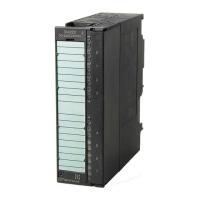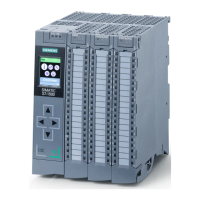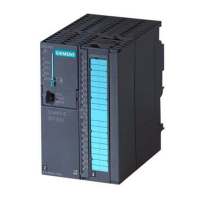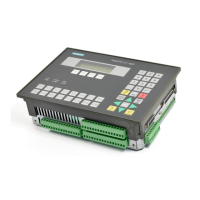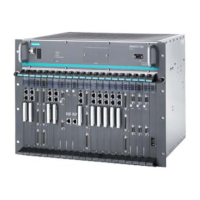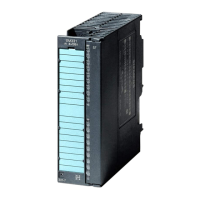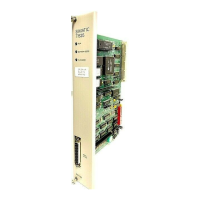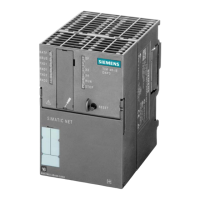Table of contents
S7-400H
16 System Manual, 03/2012, A5E00267695-11
Figure 13-6 Redundant I/O in stand-alone mode ..........................................................................................181
Figure 13-7 Fault-tolerant digital input module in 1-out-of-2 configuration with one encoder.......................195
Figure 13-8
Fault-tolerant
digital input modules in 1-out-of-2 configuration with two encoders....................196
Figure 13-9
Fault-tolerant
digital output modules in 1-out-of-2 configuration................................................197
Figure 13-10
Fault-tolerant
analog input modules in 1-out-of-2 configuration with one encoder....................199
Figure 13-11
Fault-tolerant
analog input modules in 1-out-of-2 configuration with two encoders ..................202
Figure 13-12
Fault-tolerant
analog output modules in 1-out-of-2 configuration ..............................................203
Figure 13-13
Redundant one-sided and swit
ched I/O.....................................................................................207
Figure 13-14
Flow chart for OB 1 ..............................................................................................
......................209
Figure 14-1
S7 routing...................................................................................................................................218
Figure 14-2
S7 routing gateways: MPI - DP - PROFI
NET ............................................................................219
Figure 14-3
S7 routing: TeleServic
e application example.............................................................................220
Figure 14-4
Data set routing..........................................................................................................................225
Figure 14-5
Example of an S7 connec
tion ....................................................................................................232
Figure 14-6
Example that sho
ws that the number of resulting partial connections depends on the
configuration...............................................................................................................................233
Figure 14-7
Example of linkin
g standard and fault-tolerant systems in a simple bus system.......................237
Figure 14-8
Example of linkin
g standard and fault-tolerant systems in a redundant bus system.................238
Figure 14-9
Example of linkin
g of standard and fault-tolerant systems in a redundant ring .........................238
Figure 14-10
Exampl
e of redundancy with fault-tolerant systems and a redundant bus system with
redundant standard connections................................................................................................240
Figure 14-11
Exampl
e of connecting a fault-tolerant system to a single-channel third-party system
using switched PROFIBUS DP ..................................................................................................241
Figure 14-12
Exampl
e of connecting a fault-tolerant system to a single-channel third-party system
using PROFINET IO with system redundancy...........................................................................242
Figure 14-13
Exampl
e of linking a fault-tolerant system to a single-channel third-party system ....................243
Figure 14-14
Exampl
e of redundancy with fault-tolerant system and redundant ring.....................................247
Figure 14-15
Exampl
e of redundancy with fault-tolerant system and redundant bus system.........................248
Figure 14-16
Exampl
e of fault-tolerant system with additional CP redundancy..............................................248
Figure 14-17
Exampl
e of redundancy with fault-tolerant system and fault-tolerant CPU ...............................250
Figure 14-18
Exampl
e of redundancy with fault-tolerant system and redundant bus system.........................252
Figure 14-19
Exampl
e of redundancy with a fault-tolerant system, redundant bus system, and CP
redundancy on PC. ....................................................................................................................252
Figure 14-20
Comm
unication load as a variable of data throughput (basic profile)........................................254
Figure 14-21
Comm
unication load as a variable of response time (basic profile) ..........................................255
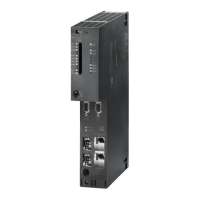
